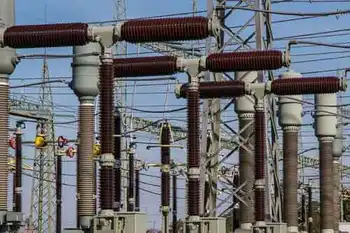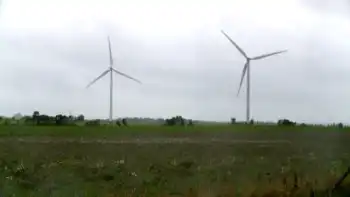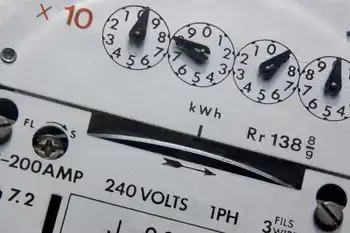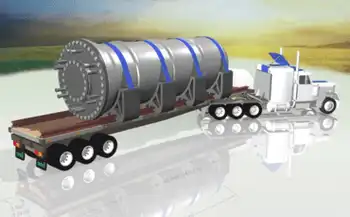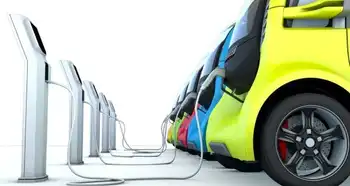China seen as next potential nuclear meltdown
By Washington Times
Protective Relay Training - Basic
Our customized live online or in‑person group training can be delivered to your staff at your location.

- Live Online
- 12 hours Instructor-led
- Group Training Available
Radical greens are taking advantage of the tragedy to make doomsday warnings for the rest of the world. It's doubtful that Japan's unique geographical vulnerabilities are a hazard universally, but there is one place where nuclear power generators are susceptible to big trouble: China.
The Middle Kingdom is earthquake-prone and suffers regular damage from major tremors. This augurs poorly for Beijing's nuclear blueprint. "China National Nuclear, the country's top nuclear-power developer, said it planned to build a new nuclear plant in the southwestern metropolis of Chongqing," reported the Wall Street Journal. Chongqing "is around 480 kilometers from the epicenter of a 7.9-magnitude earthquake in 2008 that left nearly 90,000 people dead or missing in neighboring Sichuan province."
Fault lines crisscross the mainland, but the communist government has high-priority plans to hastily construct 28 new reactors in the next nine years. The People's Republic of China PRC already is the world's second-largest consumer of nuclear energy.
Another relevant — and frightening — factor is the Chinese institutional practice of cutting corners to try to get ahead. The power needs to sustain China's huge population are putting pressure on the national energy grid, which in turn puts pressure on authorities to speed up their already mad sprint to build more nuke plants.
Beijing announced that approval for new facilities was on hold while nuclear standards were reviewed, but it's not as if "Made in China" is a brand that instills a lot of confidence either way. To put it gently, Chinese quality is years — if not decades — behind Japan, which is a global technological leader in many industries.
If an unusually strong earthquake can lay waste to a first-world nation with strict building codes such as exist in the land of the rising sun, a record shock in backwards China would make the recent devastation look like spring break in Fort Lauderdale.
The nuclear crossroads raises broader questions about the PRC's economic development and the myriad pitfalls therein. At the epicenter of the problem is feverish development to keep pace with demographic trends that see a growing middle class and hundreds of millions of rural poor migrating to cities. This all puts a tremendous squeeze on urban infrastructure.
China needs to gobble up the lion's share of the world's resources — cement, steel, copper, aluminum, just about anything you can think of — to be able to maintain subsistence for its 1.3 billion souls, whose average per capita gross domestic product is a mere one-eleventh of America's.
"There is enormous friction between China's need to grow quickly and its poor safety and quality-control standards," Virginia Republican Rep. J. Randy Forbes, founder of the Congressional China Caucus, said. "It's not just the nuclear sector coal-mining fatalities are huge." In other words, generating enough energy is fraught with peril in every direction.
GDP growth in the PRC has averaged more than 9 percent since 1989 and reached as high as 14.2 percent in 1992 and 2007, according to the World Bank. Economists warn that dipping to 6 percent growth or even slowing down to 8 percent could cause severe shortages and social upheaval.
Despite the recent robust economic numbers, the Communist Party is struggling to keep the country together and is in a panic over popular uprisings against authoritarian regimes, especially in the Middle East. For comparison, in a global economy fighting off recession, the rest of us would be tickled pink by half of China's 2010 fourth-quarter expansion of 9.8 percent.
Communist China presents a dual threat to the world. The first is its rising militarism and deeply held nationalistic belief that the time has come for Beijing to rule the world. The second danger is that the whole country will just blow up. The relentless urgency for substantial, sustained economic growth is a ticking time bomb.
Now, the Japanese crisis signals the alert that China's nuclear facilities are ticking as well.






